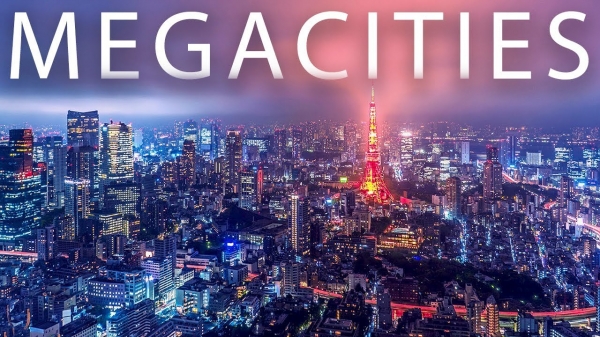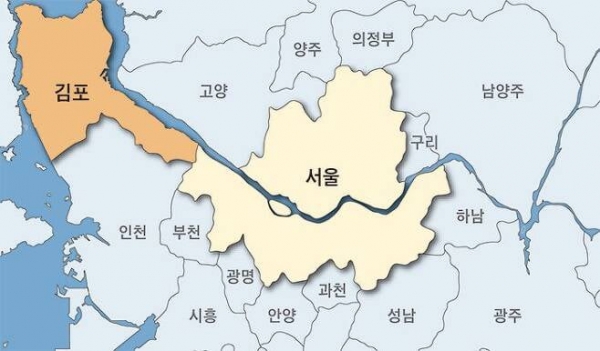
The term “Megacity” has evolved to signify a “very large city,” with criteria shifting from a population of three million to eight million and now standing at 10 million. According to the United Nations’ annual “The World Cities” report, the global count of megacities is projected to reach 43 by 2030, defining cities with populations exceeding 10 million.
Professor Byun Chang-heum of Sejong University emphasizes that the current discourse on megacities is not about uniting small and medium-sized cities but revolves around fostering metropolitan economic zones centered on major urban hubs. This has ignited a fervent debate in South Korea, particularly on whether to expand the Seoul Metropolitan Government. Beginning with Gimpo City’s request to be incorporated into Seoul, discussions have expanded to consider the potential inclusion of ten cities in Gyeonggi-do, including Goyang City, Uijeongbu City, Namyangju City, Guri City, Hanam City, and Seongnam City, into Seoul.
Supporters of the megacity proposal posit that these urban giants can effectively bridge the gap between administrative districts and living areas, offering a comprehensive solution to the challenges posed by evolving urban landscapes. Prof. Lee Chang-moo, an expert in urban engineering at Hanyang University, underlines the common global issue where existing administrative boundaries often become outdated, unable to adequately encompass the dynamic scope of urban development. Drawing parallels with Tokyo and London, Prof. Lee emphasizes that these international cities have grappled with similar challenges, highlighting the transformative potential of megacities.
On the opposing side of the debate, there is a strong emphasis on the need for qualitative improvements in infrastructure. Critics argue that focusing solely on the sheer size of the city is insufficient; rather, they advocate for a more nuanced approach that prioritizes the enhancement of essential infrastructure elements. This perspective contends that substantial qualitative enhancements are necessary to meet the evolving needs of urban residents, ensuring that the city’s development aligns with modern standards and requirements.
The argument is added on fostering balanced regional growth by concentrating on the development of other cities. This approach aims to decentralize economic activities and concentrated populations, distributing growth more evenly across the country. Advocates for this view believe that by transforming major regional metropolitan cities into megacities, South Korea can achieve a more balanced and sustainable development model.

Governor Kim Tae-heum of Chungcheongnam-do emphasizes the importance of presenting a blueprint for resolving regional imbalances and achieving balanced development before considering the expansion of megacities. Some argue that growing Seoul into a larger megacity is impractical, given that half of Korea’s population is concentrated in the metropolitan area.
Examining overseas megacity cases reveals distinctions from the megacity for simple expansion of size currently discussed in Korea. Japan’s megacity project to create a special industrial zone, for instance, differs in its background and goals. However, there is a common thread of aiming to increase “urban competitiveness” and “self-sufficiency” in the case of local federations. Experts emphasize that megacities in metropolitan areas or regional cities should focus on “self-sufficiency.” Prof. Seo Jeong-ryeol of Yeongsan University underscores the significance of specific plans, including infrastructure development, to prevent megacities from devolving into oversized bedroom communities.
Mega Seoul may seem like a pathway for the capital to achieve global city status and enhance residents’ quality of life, critics caution against hasty decisions. With the majority of the population concentrated in Seoul and the provinces facing disappearance, there is a call for a more thoughtful approach that balances the expansion of Seoul with the development of local cities.
The hope is for Seoul’s continuous development, emphasizing the improvement of local living conditions and qualitative infrastructures. In particular, since Korea is in a dangerous situation where the majority of the population is concentrated in Seoul and the provinces may slowly disappear, a greater effect will be achieved when Seoul expands under conditions of expanding local cities or developing them to be balanced as a whole. We hope for the endless development of Seoul in Korea, which has achieved stable overall development by prioritizing the improvement of local living sites and Seoul’s qualitative infrastructure.


